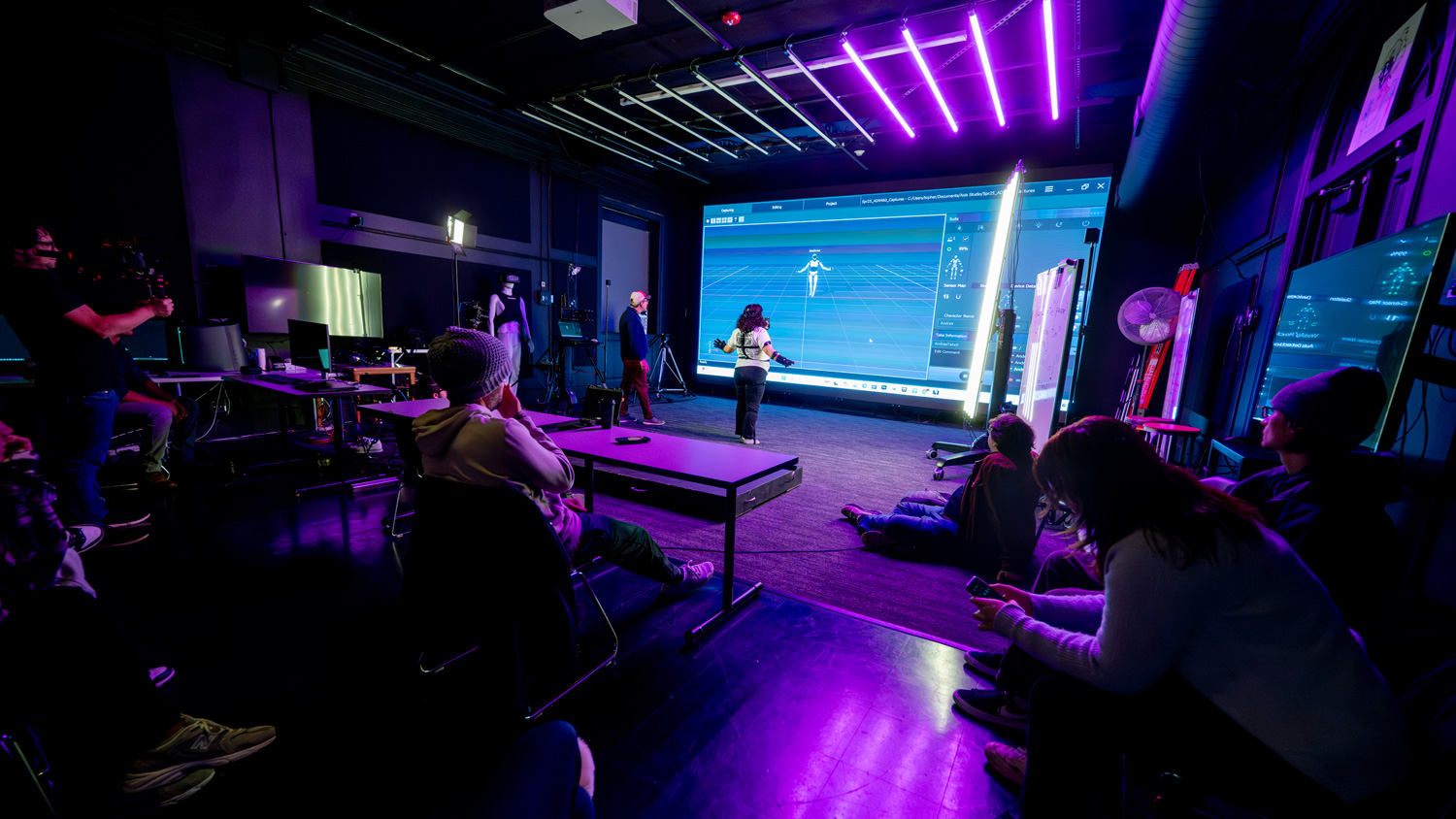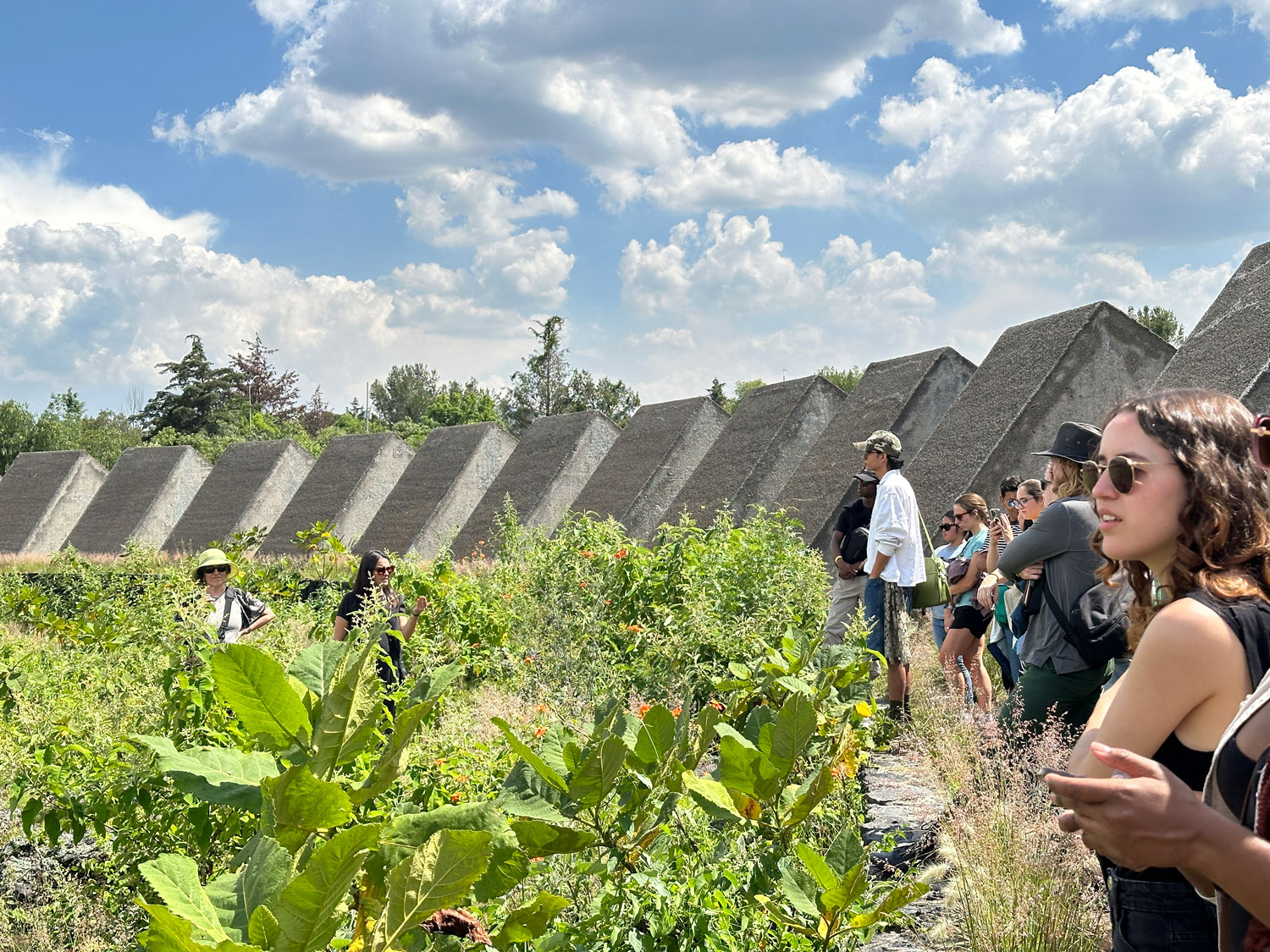SAS and the NC State College of Design — A decade of fresh ideas
This story originally appeared on Medium. Written by Rajiv Ramarajan.
In the spring of 2013, I met Dottie Haynes at a social event and asked her who in the College of Design might be able to help in setting up a student project. Dottie connected me to their new Head of Graphic Design. Tsai Lu Liu and I met shortly afterward to talk about possibly setting up a project in the Fall. Fast forward to today, we just celebrated 10 years of a transformative partnership between SAS Product Design and the NC State College of Design!
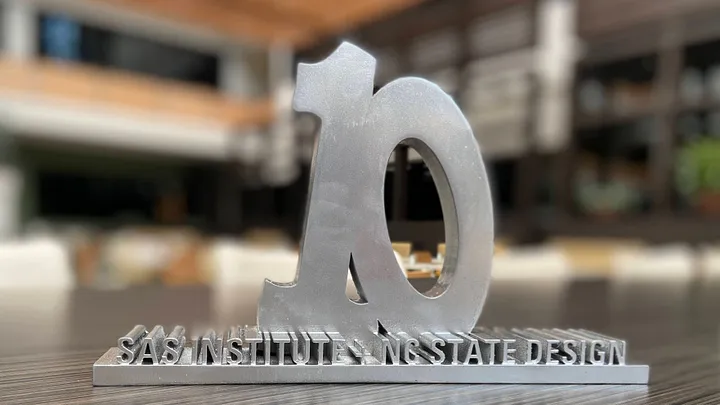
Our first project was on gamification and how it might apply to our product interfaces. Since that year, we have organized a project every year, not even pausing for the little matter of a global pandemic. The projects addressed cutting-edge topics at the intersection of analytics and design such as ethics and responsible AI, data literacy, natural language interfaces, and accessibility in user interfaces.
Every year, we evolved the program to enrich the student experience and make it more robust. When we tackled data literacy, we organized interviews for the students at a local middle school with educators and middle-schoolers before we kicked off the project. When the students worked on the accessibility of user interfaces, they got to work directly with Amy Bower, the famed oceanographer who is also legally blind. When the pandemic stopped the world, we moved the project online, adjusting and going virtual with new online collaboration tools.
This year the students tackled the challenges of visualizing complex systems.
Modern systems are getting more complex with many interconnected parts and components. However, it has become increasingly difficult to visualize these systems and predict the effects of external forces and disruptions on them. 23 students in 5 teams tackled the visualization of a supply chain system of Deca, a fictitious food company, from different perspectives.
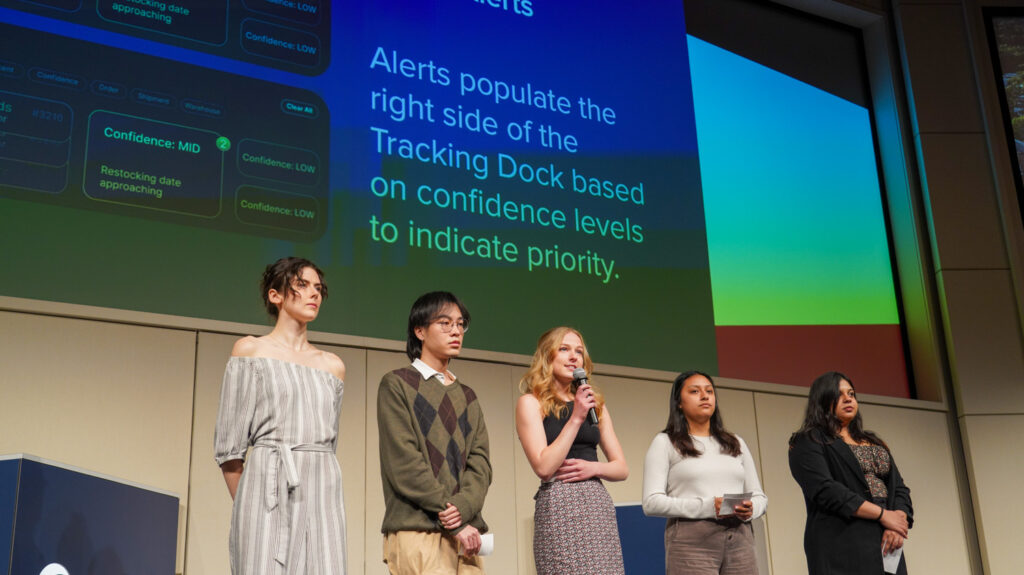
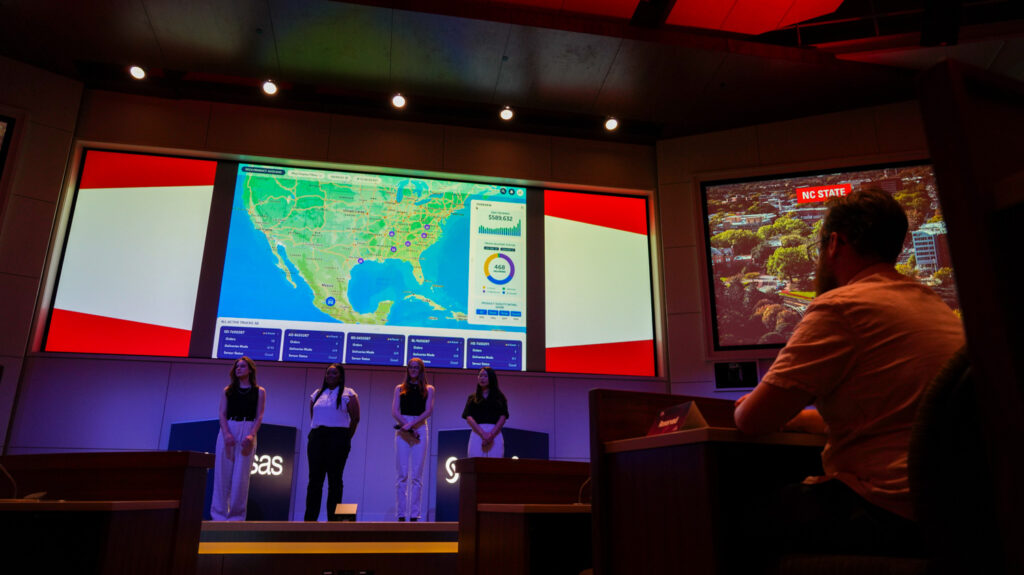
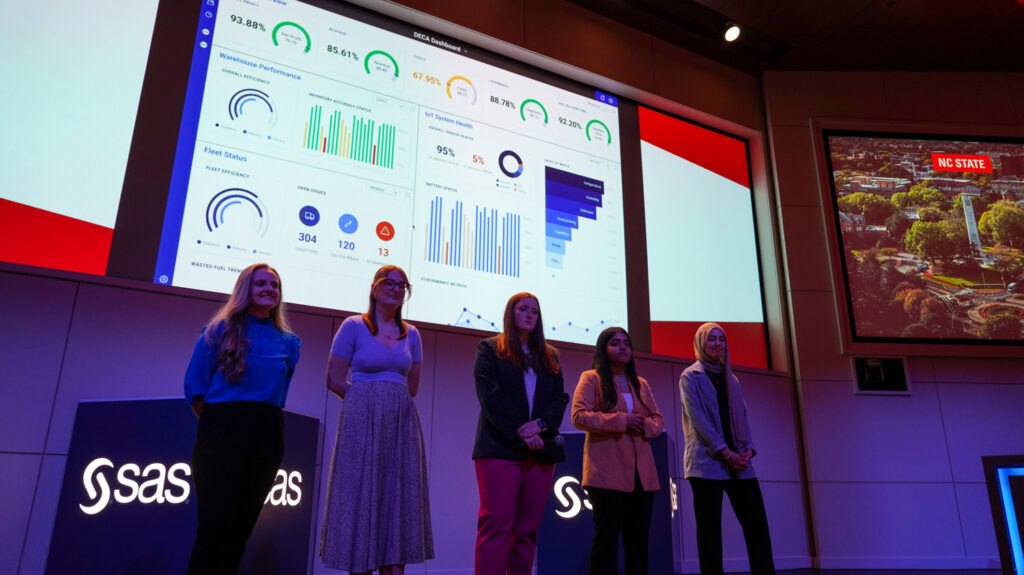

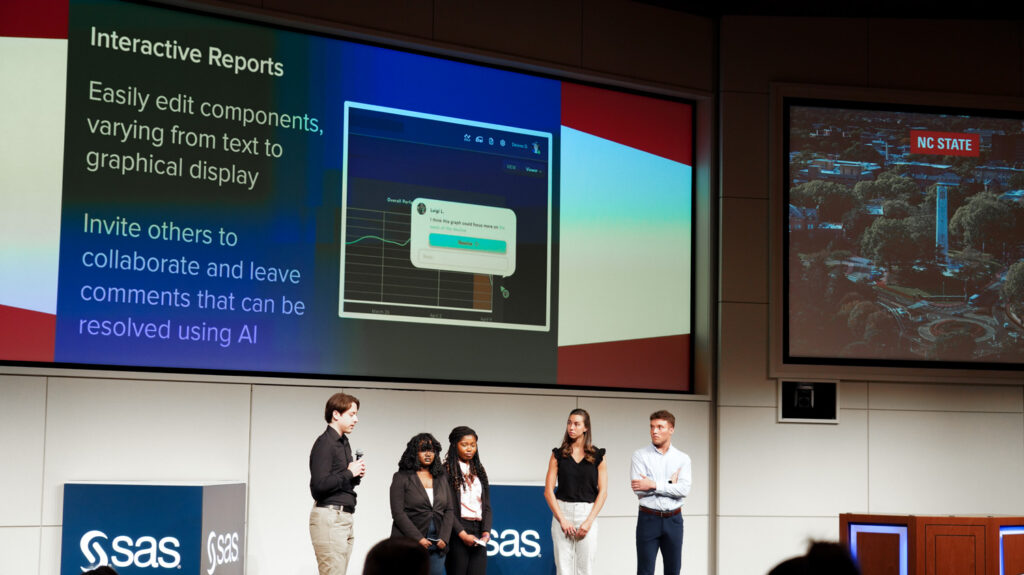
The student presentations are typically followed by a networking and a Q&A session in a walking-floor layout where attendees can engage with individual student teams and get into the details of each project.
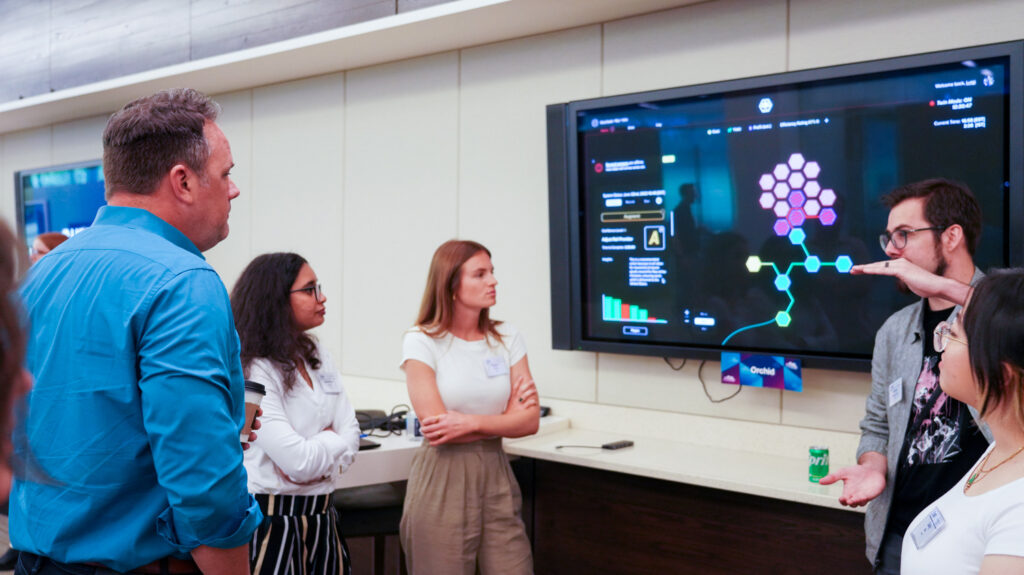
The partnership has been a labor of love for many:
First, Prof Tsai Lu Liu was critical in helping establish this program. While I’ll never fully understand all the negotiations that went into the first project being done for free on a trial basis, I know that Tsai Lu made it happen. Since then, he has shepherded the partnership as it grew in stature. Next, Helen Armstrong was vital in partnering with us during the formative years to establish the project outline and processes. She even acknowledges that some inspiration for her book Big Data, Big Design: Why Designers Should Care about AI came from this partnership. And finally, Jarrett Fuller has picked up from where Helen left off putting this project in capable hands for years to come.
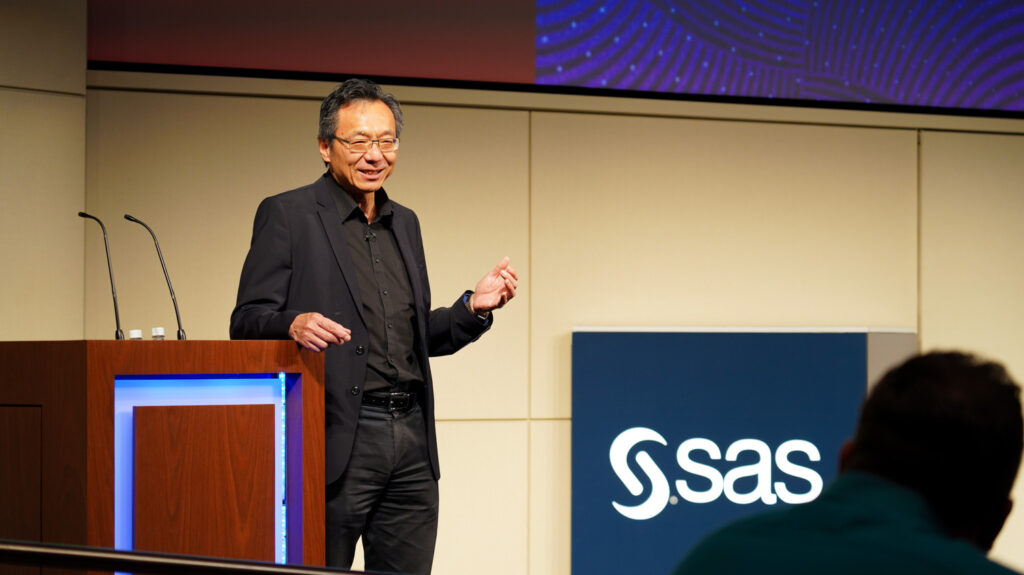
On the SAS side of the partnership, Ron Statt (2020) was instrumental in getting the early executive approvals to kick us off. Since then, Christine Browning, Senior Director of Product Experience, has taken up that mantle by providing vital support and being a dedicated cheerleader. Several design managers and senior designers have been involved in leading the project in the past years, resulting in a deep pool of wisdom to call on for the years to come.
In fact, one of our design managers, Macklin Frazier led the project for SAS this year. Earlier, as a student of the College of Design, he had participated in the inaugural student project on gamification. Shortly afterward he joined SAS as a design intern and when he graduated from school was hired as a full-time designer. And now, as a new design manager, he led the organization of Modus Operandi, the 10th-year project. Significantly for this partnership, one of its own completed a full cycle from student to project lead!
Here is to 10 more years! 🥂
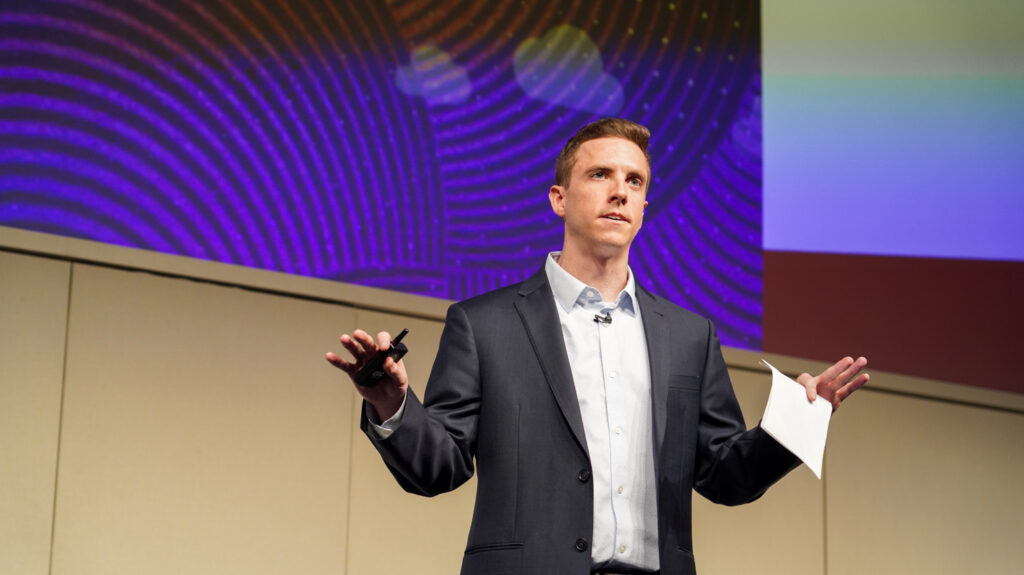
This story originally appeared on Medium. Written by Rajiv Ramarajan.
- Categories:

